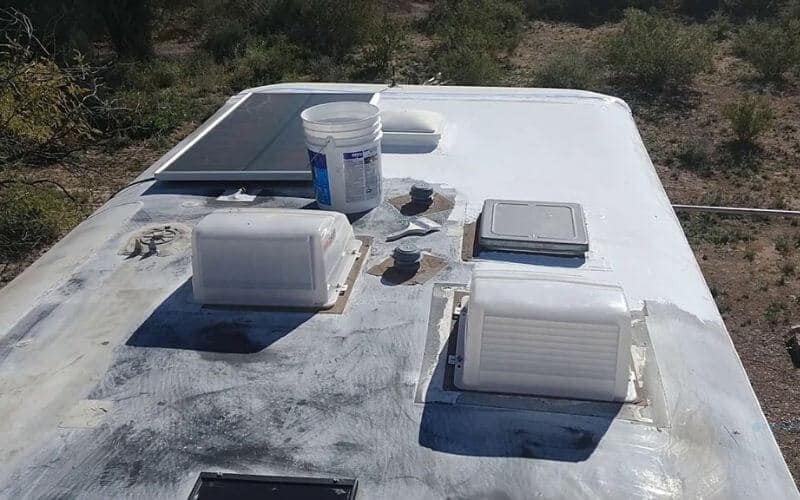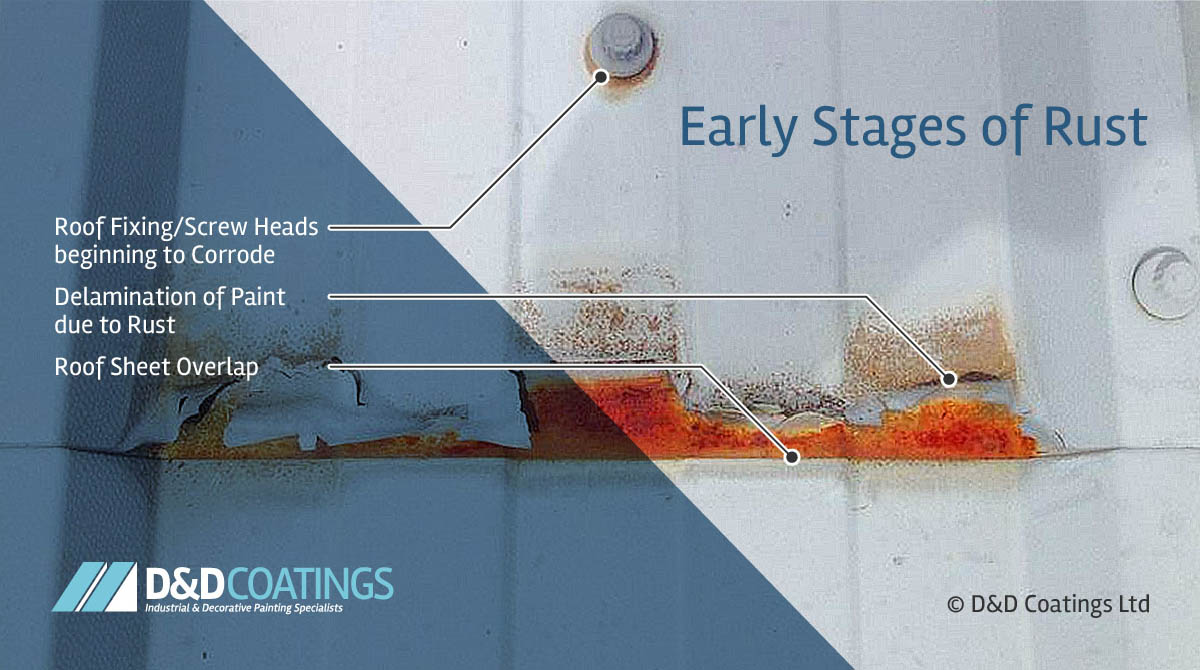 Elastomeric Commercial Roof Coatings: Types, Applications
Elastomeric Commercial Roof Coatings: Types, Applications
If you think you'll be saving the roofing decking plywood (not replacing it), then you may save yourself some cleanup difficulty by removing the fixtures initially and after that peeling up the rubber! Detail of water damage on camper roof. More water damaged locations on Recreational Vehicle roofing system decking. There was nothing really horrible that made me seem like I was going to fail, however absolutely a lot of damage and I was getting the sensation I would be replacing a lot of the roofing system decking plywood.
 Adhesion Is Important When Applying An Elastomeric Roof
Adhesion Is Important When Applying An Elastomeric Roof
Continue Reading This: best roofers in Tucson AZ - DCRoofingArizona.com http://cristianeowh089.lucialpiazzale.com/tips-for-applying-your-elastomeric-roof-coating
I went for the simplest one initially, a vent cap from a kitchen sink pipes vent pipeline. Beginning to scrape caulk and sealant. I used a stiff scraper with a chisel-like blade and just started spying and cracking and scraping and hacking. There is no other method around this, you simply need to begin digging till you expose the screw heads.
Loosening the screws in vent cap. The screws on this vent cap were hex-head metal screws so I utilized a small socket motorist to remove them. Some came out tidy. Others were rusted and I had to use a vice-grip pliers to grab the heads and turn them bit by bit.
I found an old wasp nest inside the vent cover. This is a sight I'll most likely have to get used to, finding the remains of animal habitation in every nook and cranny. I invest a terrible great deal of my time creating great wildlife habitat in my backyard so I do not get angered when an animal selects to set up house in my Recreational Vehicle.
Foam Roofing Advantages: The Benefits Of Elastomeric Roof Coating
Luckily nobody was home in this old nest so I just tossed it. Maybe I'll put a screen over it when changing it. Which brings us to the next point. You need to attempt not to harm these pieces (like vent covers and caps) as you're removing the old caulk and sealant just in case you require to utilize them again.
(Think I'll discover when the roof is done!) Prying up the vent cap and eliminating the last ring of rubber roof beneath. So I pried up the rest of the cap and scraped up the staying rubber roof and butyl tape and putty and 25 years of other gunk and here's how it looks cleaned up.
 Flexible Roof Coatings
Flexible Roof Coatings
One down, 7 more fixtures to go. Next I decided to deal with the only roofing ventilation fan that my camper has. My roof vent also had a vent cover over it. So I began scraping the gunk from those screws. Beginning on the roofing system vent. Hardware exposed on roofing system vent cap, the very first nut came off tidy.
 Elastomeric Acrylic Coatings Application Handbook
Elastomeric Acrylic Coatings Application Handbook
Bolt is spinning. The fasteners on this Recreational Vehicle roofing vent cover were nuts on little bolts. The first one came off fine with an extension socket kit. The 2nd one simply started spinning, suggesting the bolt was not fixed in place but turning in addition to the nut. Downer. A peek at the hardware holding down the roofing system vent cover.
How Much Does Roof Coating Cost Per Square Foot
I didn't have any great way to hold the bolt in place so rather I chose to saw through the bolts with a reciprocating saw. Sawing through bolts on roof vent cover. I utilized a cordless reciprocating saw with a metal-cutting blade however it was challenging to get the blade flat sufficient to reach the bolts so close to the roofing system deck. Many were so old and rusted that they sheared off when I unscrewed then with a lot of force. Unscrewing the brackets that held the vent cover in location. Then I scraped more caulk and roof sealant off the flange of the roof vent itself. I quickly discovered there disappeared screws or hardware holding it down so I quit on the scraping and went inside the Recreational Vehicle After scraping the caulk and sealant from flange of roof vent, say goodbye to screws! Unscrewing the within cover plate of roof vent fan in Recreational Vehicle bathroom.
A couple sheared off with a lot of force, but two would not budge. So I needed to drill out the screw heads. I picked a drill bit close to the size of the shaft of the screws that I had actually currently taken out and started drilling. Choosing a drill bit for drilling out a screw head.
Shatterproof glass advised. So I drilled out the heads, one popped off and the other I was getting annoyed with and offered it a yank prior to it was drilled through. Instead of popping off the screw head, the plastic simply melted away around the hot screw head. Whoops. Hope I don't need to recycle this cover.
If not, I'll need wider screw heads when re-assembling. Cover plate removed from roof vent. Next I discovered little corner brackets with hex-head bolts holding them in. I loosened them (all came out fine the good news is) and pulled out the brackets and little white plastic spacers. Unscrewing corner brackets in roof vent.
Kool Seal White Elastomeric Roof Coating
All corner brackets removed, all set to pull out. When the brackets were out I went back up leading to pry out the the roof vent. Then I scraped up all the remaining gunk and rubber roof. Lifting off the old roof vent. There are two wires running to the roof vent (a black hot wire and a white neutral wire) that you'll require to clip to eliminate the old vent.